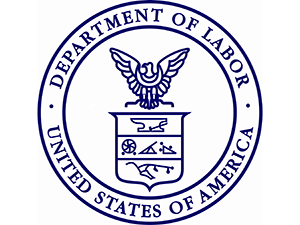
What is Joint Employment?
Joint employment occurs when an employee is employed by two or more employers. Both of the employers may be held accountable for compliance with labor laws such as overtime and minimum wage under the Fair Labor Standards Act. The Department of Labor’s established position has been that the range of employment relationships that are subject to FLSA protections is broad. The broadness of the scope of employment is partially based on the Fair FLSA’s wide definition of “employ” which is “to suffer or permit work”.
The Department of Labor upholds that "joint employment" should be defined at length under the FLSA, similar to how the concept of “employment” has been. The Department of Labor views the common law concept of joint employment as too limiting, as it is based on the amount of control an employer has over an employee. The Administrative Interpretation says that the Department of Labor’s interpretation instead focuses on if the employee is economically reliant on the possible joint employer. The Department of Labor is attempting to guarantee that the majority of workforces are ensured minimum wage and overtime protections by defining the scope of the joint employment relationship broadly.
What is the Difference Between Vertical and Horizontal Joint Employment?
There are two different kinds of joint employment that the Administrative Interpretation focuses on, vertical and horizontal. When the joint employment emphases the relationship between a worker and a third party, as in the employee of one employer is also economically dependent on that third party, it is defined as vertical joint employment. An example of vertical joint employment could be a temp worker who is placed in a department store by a third-party staffing agency being "economically dependent" on the department store. The temp worker is dependent on the department store to make a living, although the department store did not engage in the hiring process. Therefore, the department store may be viewed as part of a joint employer relationship. In that circumstance, both parties could be liable for Fair Labor Standards Act penalties.
In comparison, horizontal joint employment occurs when multiple employers separately employ an employee and are adequately associated with each other with respect to the employee. For instance, two stores that share employees and management would be viewed as closely related enough that the companies would need to work together to ensure FLSA standards, such as overtime and minimum wage, are met for all employees.
What Should Next Steps Be for Employers?
Your business should scrutinize its relationship with third parties to assess the possible risk, since the definition of joint employment is expanding to ensure employees’ rights. The Department of Labor states that if you are determined to be a joint employer, you and the third party may be deemed accountable for compliance with laws designed to protect employees in these relationships. You should consult legal counsel and cultivate a strategy to guarantee that Fair Labor Standards Act compliance requirements are being met.
